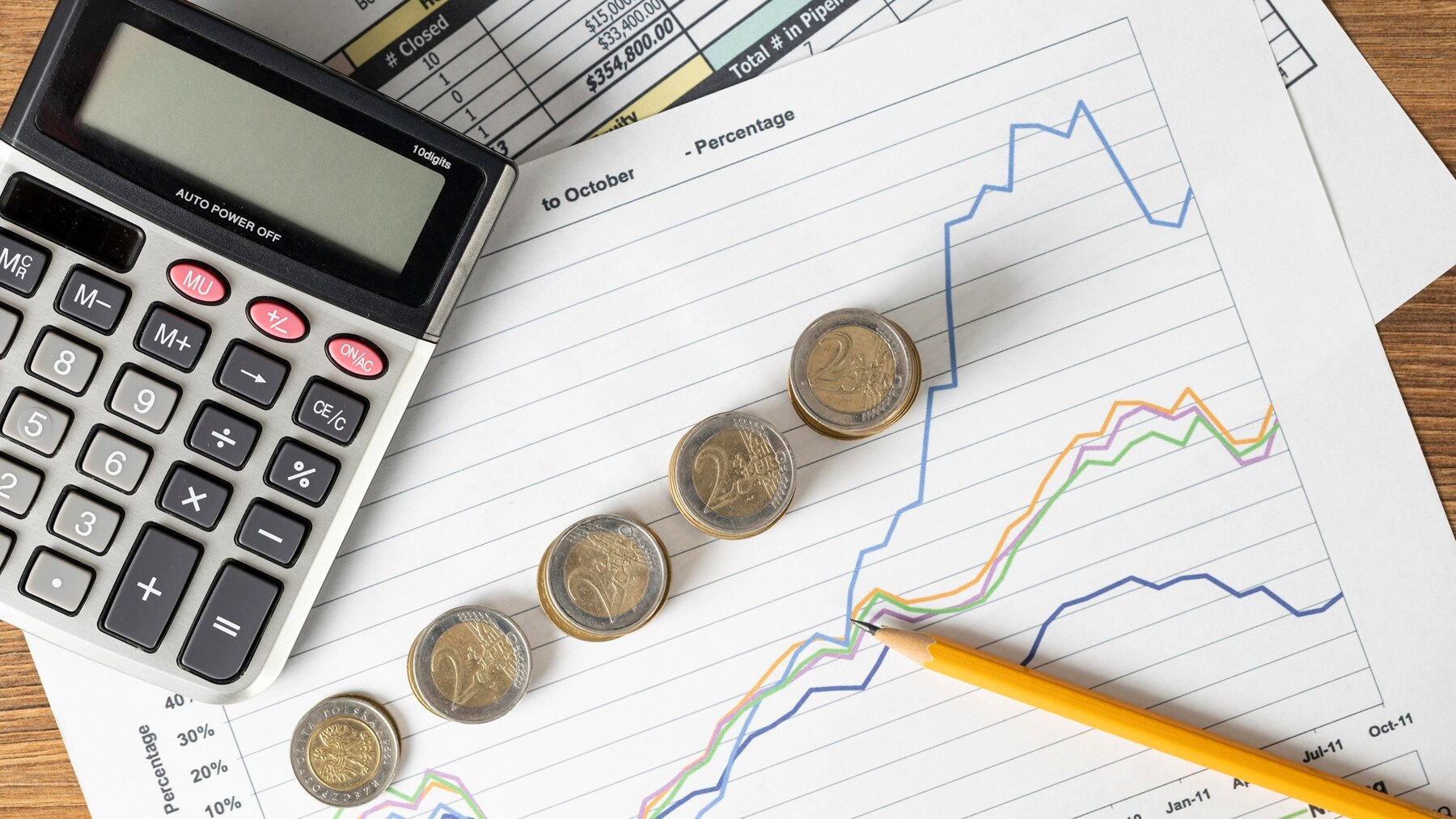Anúncios
Life is full of unexpected events—medical emergencies, job losses, car repairs, or sudden home maintenance issues. These unforeseen expenses can quickly derail your financial stability if you’re not prepared. That’s where an emergency fund comes in. An emergency fund acts as a financial cushion that protects you during tough times, providing peace of mind and preventing the need to go into debt.
In this article, we’ll explore why building an emergency fund is essential, how much you should aim to save, and strategies to get started.
Anúncios
Why You Need an Emergency Fund
An emergency fund is a dedicated savings account set aside for unexpected expenses or financial hardships. Here’s why it’s a crucial part of any financial plan:
1. Protection Against Job Loss
One of the most common reasons people tap into their emergency fund is due to a job loss or sudden reduction in income. Even with unemployment benefits, it can take months to find a new job, during which your regular expenses—like rent, groceries, and utilities—don’t stop.
Anúncios
- Example: If you lose your job, an emergency fund can cover your living expenses while you search for new employment, allowing you to avoid taking on debt or liquidating investments.
2. Avoiding High-Interest Debt
Without an emergency fund, you might be forced to rely on credit cards, personal loans, or payday loans to cover unexpected costs. The problem with these options is that they often come with high-interest rates, which can create a cycle of debt that’s difficult to escape.
- Example: Rather than putting a $1,000 car repair on a credit card with 20% interest, an emergency fund allows you to pay for the repair upfront, saving you hundreds in interest payments.
3. Reducing Financial Stress
Financial emergencies can be a significant source of stress. Having a dedicated fund for such situations can alleviate that stress, knowing you’re financially prepared for the unexpected.
- Example: If your water heater breaks or you need emergency medical care, the financial burden will be much less stressful if you have savings set aside to cover the costs.
How Much Should You Save in an Emergency Fund?
Determining how much to save in your emergency fund depends on several factors, including your monthly expenses, job stability, and overall risk tolerance.
1. Start with a Basic Safety Net
Financial experts often recommend starting with an initial emergency fund of $1,000. While this won’t cover a major crisis, it can help with smaller emergencies, like car repairs or minor medical bills. Once you have this baseline, you can work toward building a larger fund.
2. Aim for 3 to 6 Months of Living Expenses
For a more robust emergency fund, aim to save enough to cover three to six months of your essential living expenses. These include:
- Rent or mortgage payments
- Utilities (electricity, water, internet)
- Groceries
- Insurance premiums
- Loan or credit card payments
Tip: If you have dependents, work in a volatile industry, or are self-employed, you may want to aim for the higher end of the range (six months or more) to account for the increased risk.
3. Consider Your Job Security
Your emergency fund size may also depend on your job stability. If you work in a stable industry with little risk of job loss, a three-month fund might suffice. However, if your income fluctuates or your job is less secure, it’s wise to save more.
- Example: Freelancers or gig workers should aim for a larger emergency fund to account for irregular income streams.
Where to Keep Your Emergency Fund
Choosing the right place to store your emergency fund is important. The goal is to ensure the money is easily accessible while still earning some interest.
1. High-Yield Savings Accounts
A high-yield savings account is one of the best options for an emergency fund. These accounts typically offer better interest rates than traditional savings accounts, allowing your money to grow while remaining liquid.
- Benefit: You’ll earn some interest without risking your principal or locking your money away for long periods.
2. Money Market Accounts
Money market accounts are another safe option for emergency funds. They offer competitive interest rates and are federally insured, similar to savings accounts, but may come with higher minimum balance requirements.
- Benefit: Money market accounts offer both safety and slightly better returns compared to traditional savings accounts.
3. Avoid Risky Investments
While it may be tempting to invest your emergency fund in stocks or mutual funds for higher returns, this is generally not recommended. Market fluctuations could result in your emergency fund losing value just when you need it most.
- Example: If you invested your emergency fund in the stock market and a downturn occurred right before a job loss, you might not have enough liquidity to cover your expenses.
How to Build an Emergency Fund
1. Automate Your Savings
Automating your savings is one of the easiest ways to ensure consistency. Set up automatic transfers from your checking account to your emergency fund after each paycheck. Even small contributions add up over time.
- Tip: Start with a manageable amount—such as $50 or $100 per month—and increase it as your income grows or once you’ve paid off high-interest debt.
2. Cut Non-Essential Spending
Review your budget to identify areas where you can cut back. Whether it’s dining out less, canceling unused subscriptions, or finding cheaper alternatives for certain expenses, redirecting these savings into your emergency fund can help you build it faster.
- Tip: Use budgeting apps to track your spending and identify areas where you can save.
3. Use Windfalls Wisely
If you receive unexpected income—such as a tax refund, bonus, or gift—consider putting a portion of it toward your emergency fund. This can provide a quick boost to your savings without affecting your regular budget.
- Example: If you receive a $1,500 tax refund, you could allocate $500 toward your emergency fund while still having money for other financial goals or spending.
When to Use Your Emergency Fund
Knowing when to dip into your emergency fund is just as important as building it. Ideally, it should only be used for true emergencies, not for everyday expenses or discretionary spending.
1. Genuine Emergencies
The primary purpose of an emergency fund is to cover unexpected and urgent expenses that you cannot avoid. Examples include:
- Job loss or reduced income
- Major car repairs
- Unplanned medical expenses not covered by insurance
- Emergency home repairs
2. Replenish After Use
Once you’ve used your emergency fund, make it a priority to replenish it. This ensures you’re prepared for the next unexpected expense that might come your way.
- Tip: Set a goal to replenish your fund within a certain timeframe—such as three to six months—by redirecting any extra income or cutting back on non-essential spending.
Conclusion
An emergency fund is a crucial component of any solid financial plan. It acts as a financial safety net, providing protection and peace of mind during life’s unexpected events. By setting clear savings goals, automating your contributions, and carefully managing your fund, you can safeguard your finances and avoid the stress of unexpected expenses. Start building your emergency fund today and enjoy the confidence of being prepared for whatever life throws your way.


